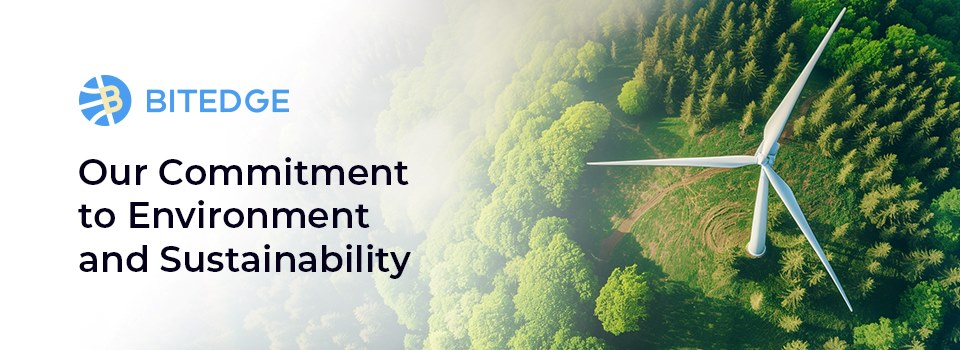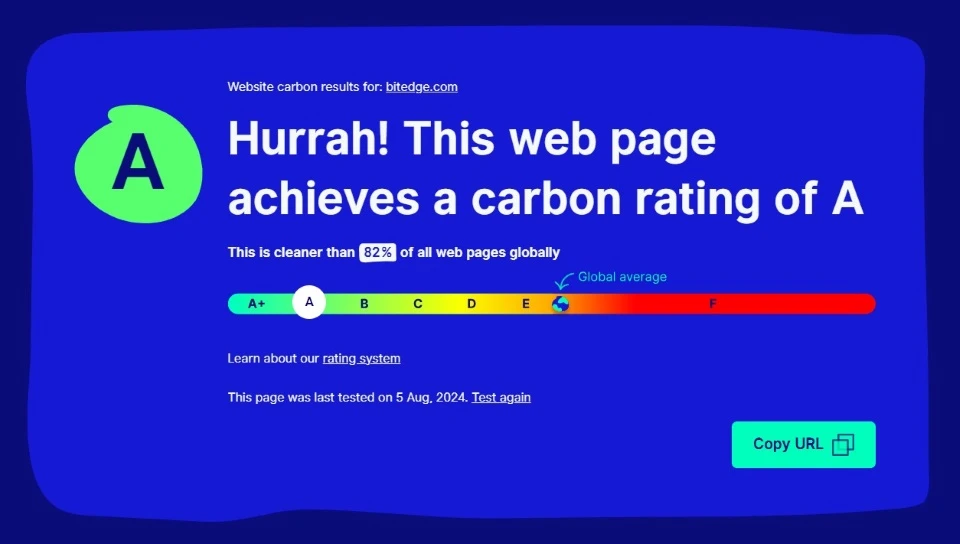The Environmental Impact of the Gambling Industry
The online gambling industry may seem intangible, but it still contributes to environmental issues like any land-based business. Websites and digital platforms consume significant energy through data centers, servers, and computing networks.
Key problems include high energy usage, electronic waste, and a large carbon footprint.
Data centers that power online casinos and sportsbooks need electricity 24/7 to cool their systems and run their operations.
- These facilities are consuming more energy with the rise in internet traffic which some estimates project at 3% of global electricity.
- This leads to huge emissions of greenhouse gases.

Additionally, rapid turnover in IT equipment and hardware generates massive amounts of e-waste as technology becomes obsolete very quickly. To prevent environmental pollution proper e-waste disposal methods must be adhered to.
Even everyday activities like streaming videos, downloading apps, and browsing online casinos generate emissions through data transfers and computing power needed. Online gambling sites should consider their impact on climate change.
Major tech and hosting companies like Google, Amazon, and Microsoft are pushing for renewable energy and efficiency improvements in data centers. However, the online gambling industry as a whole needs to prioritize sustainability through energy optimization, reducing e-waste, powering facilities with clean energy, and optimizing data transfers.
As digital activity increases, reducing the environmental footprint of the internet and online gambling is crucial.
- Energy Use
Bitedge has a preference for energy-saving web hosting services and data centers. We make the most of load balancing, server visualization, and other strategies to cut down on what we consume in terms of power.
- Electronic Disposal
We make sure that e-waste is appropriately discarded to certified recyclers. We also ensure environmentally friendly production practices when acquiring new equipment.
- Electronic Payments
Through the recommendation of crypto gambling platforms, we make it possible for users to engage in low-emission cryptocurrency payments as opposed to high-emission ones for fiat currencies.
- Software Development Protocols
The developers we have in our team write clean, efficient code, which is aimed at reducing the load on the servers. Our main focus is optimizing page sizes and performance to reduce unnecessary data transfers.
- User Engagement
We aim to simplify users’ journeys via SEO and UX. This minimizes bounce rates plus unnecessary browsing that inflates data usage and emissions.
“Did you know that 2% of global carbon emissions come from the electricity generated by the internet? As a digital platform, we recognize that even Bitedge has a climate impact. This is why we have obtained a CO2 Neutral certification and are committed to implementing sustainable solutions to reduce our environmental footprint.”
Our Commitment to the Environment
At Bitedge, we take our environmental responsibility seriously. We obtained a CO2 Badge, certifying Bitedge as a carbon-neutral website.
CO2 Badge
The CO2 Badge demonstrates our commitment to sustainability. As a carbon-neutral site, Bitedge takes measurable steps to reduce and offset our carbon emissions.
Minimizing Our Carbon Footprint
We use the Website Carbon tool to analyze our emissions and energy usage per pageview. Currently, Bitedge scores an 82% rating, meaning we are cleaner than 82% of sites.
How Does the Website Carbon Rating Work?
As we’ve explained, online platforms like Bitedge do have a carbon footprint. The Website Carbon Rating tool enables companies to measure their emissions and take steps to reduce their climate impact. The Website Carbon rating system benchmarks websites on emissions as follows:
| Rating A+ | Grams CO2 Per Pageview – 0.095 |
| Rating A | Grams CO2 Per Pageview – 0.186 |
| Rating B | Grams CO2 Per Pageview – 0.341 |
| Rating C | Grams CO2 Per Pageview – 0.493 |
| Rating D | Grams CO2 Per Pageview – 0.656 |
| Rating E | Grams CO2 Per Pageview – 0.846 |
| Rating F | Grams CO2 Per Pageview > 0.847 |
Carbon Footprint Calculation Techniques on Bitedge’s Top-Ranked Pages
We also analyzed the carbon footprint of Bitedge’s most popular pages to understand our impact at a granular level. Below we have outlined the emissions estimates for some of our top-ranking pages:
Our Methodology for Advanced Carbon Footprint Calculation
To compute the carbon footprint of these 10 pages, our team employed the following methodology:





How Bitedge Stays Green and Sustainable Through Our Technological Efforts?
We implement various technical solutions to optimize energy efficiency, including:
1. Compression
At Bitedge, we compress images, videos, and files before sending them to users’ devices. Compressions reduce file sizes for faster page loads and less carbon emissions on data transfer.
⭐We track page weight and compression constantly to make sure our sustainability is optimum.
2. Browser caching
Our dev team has built smart caching logic into Bitedge. Images, CSS, and JavaScript files are cached so they’re not re-downloaded when needed again.
⭐This means less bandwidth and computing power are used to rebuild pages, which lowers server work and power usage.
3. HTTP/2
We use the updated HTTP/2 protocol which is used by servers and browsers to communicate.
⭐Data transfers are made even more efficient with HTTP/2 than with older versions so by using this technology Bitedge reduces the energy and emissions per page view.
4. Lazy loading
Lazy loading postpones the loading of non-critical resources (images, videos, files, etc.) lower down on a page until the user actually needs it.
As the user keeps scrolling, new content is loaded in view.
⭐This reduces the weight of the page load because only above-the-fold content is loaded at first. Lazy loading helps in reducing multiple unnecessary data requests thus eventually reducing our carbon footprint.
5. Compressing images
Our team compresses and optimizes all images on Bitedge. We reduce file size (without reducing quality), convert formats to a modern format like WebP, and simplify the image dimensions.
⭐These optimizations reduce the weight of images considerably which lowers the emissions produced by Bitedge web pages.

